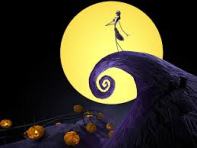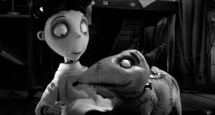Stop Motion is a visual film technique which pioneered in 1897. In its most simple form, it is the idea of taking lots of photographs of one thing and playing each picture in such quick succession that it appears the whole thing appears to be a moving picture. This is an illusion to the eye as all of the frames are separate pictures but will appear as one continuous motion. In order for the illusion to appear as a real, continuos motion, it must be shot in at least 16FPS.
The very first example of stop motion is Albert E. Smith and Stuart Blackton’s ‘The Humpty Dumpty Circus’, which is pictured below.
This production features lots of different little characters moving about and interacting with eachother. It appeared as though everything was filmed as the frame rate of the pictures was too high for the human eye to process everything as a different frame. The film was made in 1897, suggesting that audiences would have received it with lots of surprise as nothing of the sort had ever been done in cinema.
Strengths of stop motion are that it is a rather simple way to create effects in terms of inanimate objects moving. Prior to stop motion, the only way to have inanimate characters would be puppets. In stop motion animation, you can use inanimate objects and move them around in between taking pictures. This creates the illusion that the object is moving by itself. Another strength is that it can be done by just one person. The camera can remain stationary and just one person can alter the set and move everything around.
There are also weaknesses to stop motion. The main weakness is that it can be an extremely time consuming process. This is because, in order for movement to appear to be flowing and continuous, you have to move the objects in tiny amounts. This means that it can take a very long time to take pictures of even the quickest movements so that it appears continuous.
Stop motion is still a very popular technique in modern times. It is how huge shows such as ‘Wallace and Gromit’, pictured below, are produced. It is still a very time consuming method of filmmaking but can produce very good results in terms of audience reception. With modern improvements in filmmaking, stop motion can be done on a huge scale with lots of different animators working on one project.
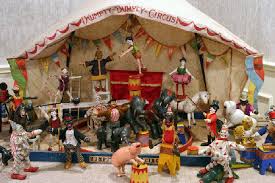
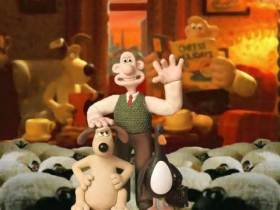
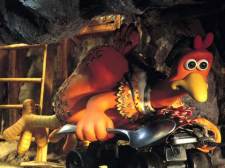
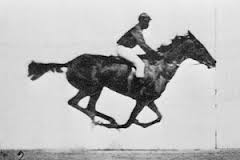 A screenshot from ‘Galloping Horse’
A screenshot from ‘Galloping Horse’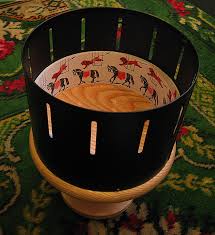
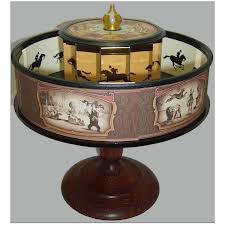

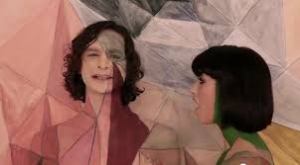
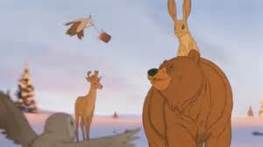
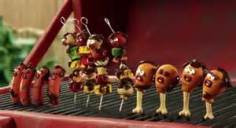
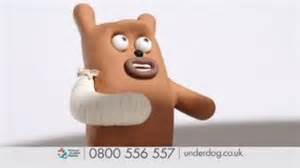
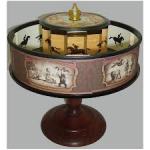

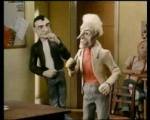


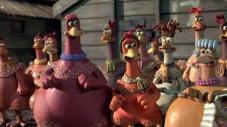
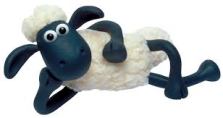
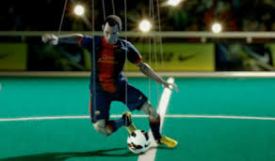
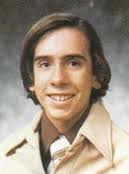 A youthful Tim Burton.
A youthful Tim Burton.
